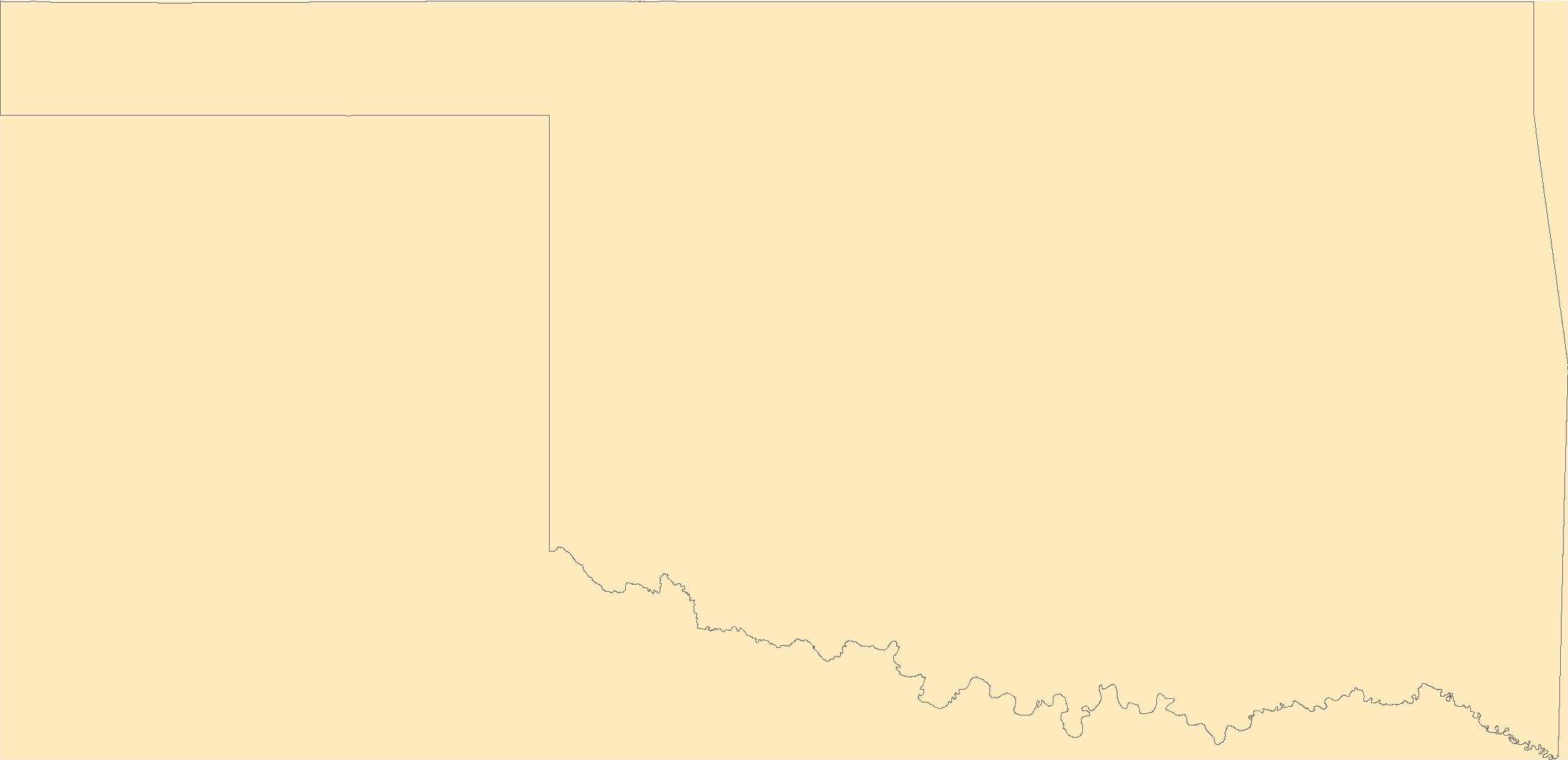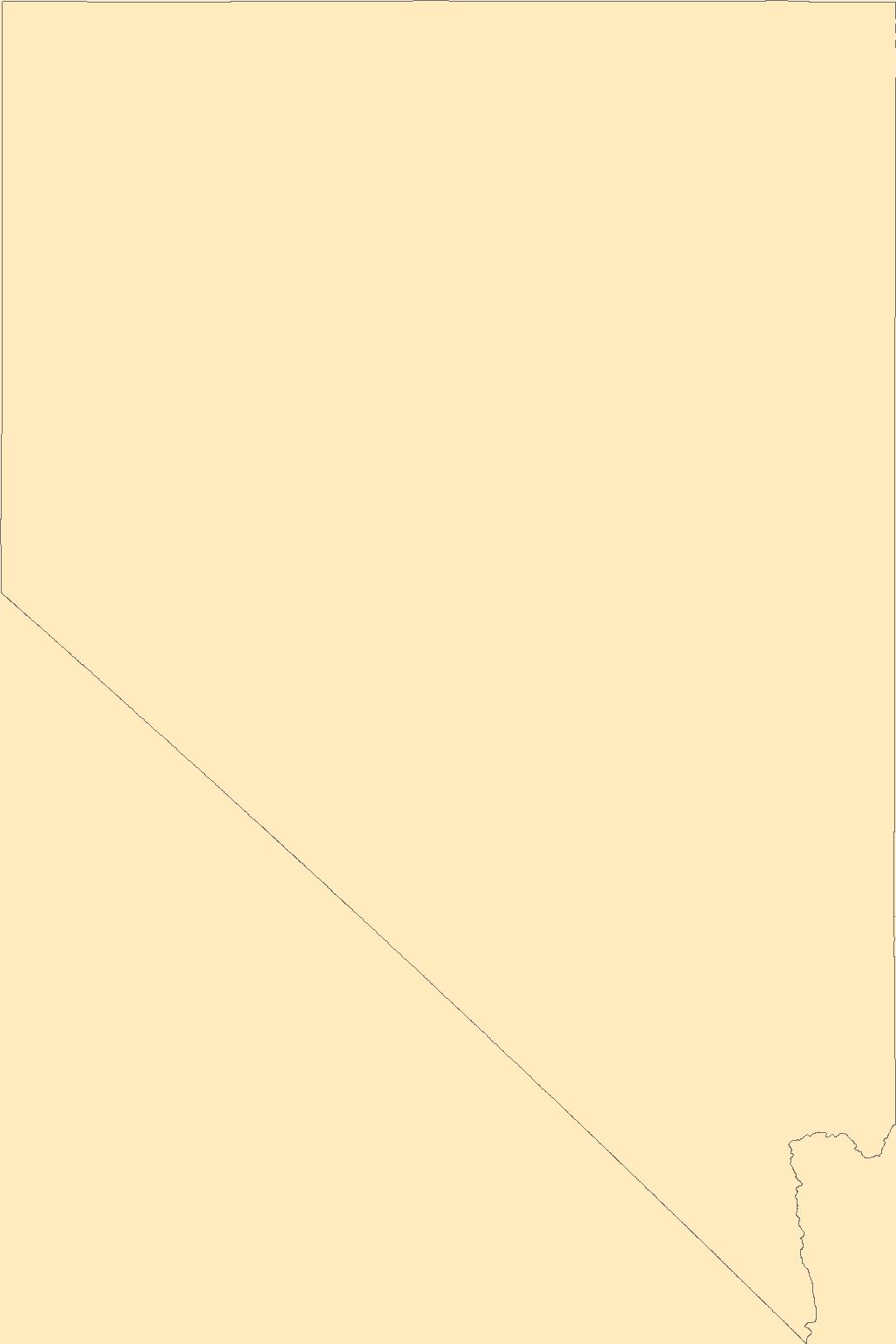Filters: Tags: Antarctica (X)
884 results (51ms)|
Filters
Date Range
Extensions Types Contacts
Categories Tag Types
|

The Geographic Names Information System (GNIS) is the Federal standard for geographic nomenclature. The U.S. Geological Survey developed the GNIS for the U.S. Board on Geographic Names, a Federal inter-agency body chartered by public law to maintain uniform feature name usage throughout the Government and to promulgate standard names to the public. The GNIS is the official repository of domestic geographic names data; the official vehicle for geographic names use by all departments of the Federal Government; and the source for applying geographic names to Federal electronic and printed products of all types.

The Geographic Names Information System (GNIS) is the Federal standard for geographic nomenclature. The U.S. Geological Survey developed the GNIS for the U.S. Board on Geographic Names, a Federal inter-agency body chartered by public law to maintain uniform feature name usage throughout the Government and to promulgate standard names to the public. The GNIS is the official repository of domestic geographic names data; the official vehicle for geographic names use by all departments of the Federal Government; and the source for applying geographic names to Federal electronic and printed products of all types.

The Geographic Names Information System (GNIS) is the Federal standard for geographic nomenclature. The U.S. Geological Survey developed the GNIS for the U.S. Board on Geographic Names, a Federal inter-agency body chartered by public law to maintain uniform feature name usage throughout the Government and to promulgate standard names to the public. The GNIS is the official repository of domestic geographic names data; the official vehicle for geographic names use by all departments of the Federal Government; and the source for applying geographic names to Federal electronic and printed products of all types.

The Geographic Names Information System (GNIS) is the Federal standard for geographic nomenclature. The U.S. Geological Survey developed the GNIS for the U.S. Board on Geographic Names, a Federal inter-agency body chartered by public law to maintain uniform feature name usage throughout the Government and to promulgate standard names to the public. The GNIS is the official repository of domestic geographic names data; the official vehicle for geographic names use by all departments of the Federal Government; and the source for applying geographic names to Federal electronic and printed products of all types.
These data include dissolved silicon concentration and yield from 60 rivers across North America, the Caribbean, and Antarctica from 1964-2021 and are associated with the publication “Long-term change in concentration and yield of riverine dissolved silicon from the poles to the tropics”. Data were compiled from multiple public sources including the Long-term Ecological Research Network, Great Arctic Rivers Observatory, Upper Mississippi River Restoration program, and the U.S. Geological Survey. Concentration and yield estimates were generated by the Weighted Regressions on Time, Discharge and Season model (WRTDS; Hirsch et al. 2010). The dataset includes six files: discrete dissolved silicon data and daily discharge...
Categories: Data;
Tags: Antarctica,
North America,
Puerto Rico,
USGS Science Data Catalog (SDC),
Water Resources,
These files contain scans of Topographic Reconnaissance maps of Antarctica. The source maps were published at 1:250,000-scale by the U.S. Geological Survey in cooperation with the National Science Foundation. The extent of their coverage can be seen in the “Topographic Reconnaissance Index - 250k” layer of the Atlas of Antarctic Research viewer. Use the “VIEW” link below to look at a low resolution version of the map. Then download the selected map at full resolution by clicking the download link. The metadata for each of the maps is contained in the “Full Map”download file. The maps were scanned at a ground resolution of 25.4 meters and range from 10 to 30 megabytes.They are provided in two formats: Full Map ...
These files contain scans of Topographic Reconnaissance maps of Antarctica. The source maps were published at 1:250,000-scale by the U.S. Geological Survey in cooperation with the National Science Foundation. The extent of their coverage can be seen in the “Topographic Reconnaissance Index - 250k” layer of the Atlas of Antarctic Research viewer. Use the “VIEW” link below to look at a low resolution version of the map. Then download the selected map at full resolution by clicking the download link. The metadata for each of the maps is contained in the “Full Map”download file. The maps were scanned at a ground resolution of 25.4 meters and range from 10 to 30 megabytes.They are provided in two formats: Full Map ...
These files contain scans of Topographic Reconnaissance maps of Antarctica. The source maps were published at 1:250,000-scale by the U.S. Geological Survey in cooperation with the National Science Foundation. The extent of their coverage can be seen in the “Topographic Reconnaissance Index - 250k” layer of the Atlas of Antarctic Research viewer. Use the “VIEW” link below to look at a low resolution version of the map. Then download the selected map at full resolution by clicking the download link. The metadata for each of the maps is contained in the “Full Map”download file. The maps were scanned at a ground resolution of 25.4 meters and range from 10 to 30 megabytes.They are provided in two formats: Full Map ...
Flightline Photo Indexes of Antarctica Topographic Reconnaissance with Shaded Relief 1:250,000 Scale - Basic Contour Interval, 200 Meters Flight line information is approximate up to 200 meters.
Categories: Map;
Tags: Antarctica,
U.S. Antarctic Resource Center,
aerial photography,
flight line index
These files contain scans of Topographic Reconnaissance maps of Antarctica. The source maps were published at 1:250,000-scale by the U.S. Geological Survey in cooperation with the National Science Foundation. The extent of their coverage can be seen in the “Topographic Reconnaissance Index - 250k” layer of the Atlas of Antarctic Research viewer. Use the “VIEW” link below to look at a low resolution version of the map. Then download the selected map at full resolution by clicking the download link. The metadata for each of the maps is contained in the “Full Map”download file. The maps were scanned at a ground resolution of 25.4 meters and range from 10 to 30 megabytes.They are provided in two formats: Full Map ...
These files contain scans of Topographic Reconnaissance maps of Antarctica. The source maps were published at 1:250,000-scale by the U.S. Geological Survey in cooperation with the National Science Foundation. The extent of their coverage can be seen in the “Topographic Reconnaissance Index - 250k” layer of the Atlas of Antarctic Research viewer. Use the “VIEW” link below to look at a low resolution version of the map. Then download the selected map at full resolution by clicking the download link. The metadata for each of the maps is contained in the “Full Map”download file. The maps were scanned at a ground resolution of 25.4 meters and range from 10 to 30 megabytes.They are provided in two formats: Full Map ...
These files contain scans of Topographic Reconnaissance maps of Antarctica. The source maps were published at 1:250,000-scale by the U.S. Geological Survey in cooperation with the National Science Foundation. The extent of their coverage can be seen in the “Topographic Reconnaissance Index - 250k” layer of the Atlas of Antarctic Research viewer. Use the “VIEW” link below to look at a low resolution version of the map. Then download the selected map at full resolution by clicking the download link. The metadata for each of the maps is contained in the “Full Map”download file. The maps were scanned at a ground resolution of 25.4 meters and range from 10 to 30 megabytes.They are provided in two formats: Full Map ...
Flightline Photo Indexes of Antarctica Topographic Reconnaissance with Shaded Relief 1:250,000 Scale - Basic Contour Interval, 200 Meters Flight line information is approximate up to 200 meters.
Categories: Map;
Tags: Antarctica,
U.S. Antarctic Resource Center,
aerial photography,
flight line index
Flightline Photo Indexes of Antarctica Topographic Reconnaissance with Shaded Relief 1:250,000 Scale - Basic Contour Interval, 200 Meters Flight line information is approximate up to 200 meters.
Categories: Map;
Tags: Antarctica,
U.S. Antarctic Resource Center,
aerial photography,
flight line index
Flightline Photo Indexes of Antarctica Topographic Reconnaissance with Shaded Relief 1:250,000 Scale - Basic Contour Interval, 200 Meters Flight line information is approximate up to 200 meters.
Categories: Map;
Tags: Antarctica,
U.S. Antarctic Resource Center,
aerial photography,
flight line index
These files contain scans of Topographic Reconnaissance maps of Antarctica. The source maps were published at 1:250,000-scale by the U.S. Geological Survey in cooperation with the National Science Foundation. The extent of their coverage can be seen in the “Topographic Reconnaissance Index - 250k” layer of the Atlas of Antarctic Research viewer. Use the “VIEW” link below to look at a low resolution version of the map. Then download the selected map at full resolution by clicking the download link. The metadata for each of the maps is contained in the “Full Map”download file. The maps were scanned at a ground resolution of 25.4 meters and range from 10 to 30 megabytes.They are provided in two formats: Full Map ...
Low-resolution shaded relief maps and full resolution DEMs available! The Version 5 (final) Digital Elevation Models have 2-meter post spacing unless specified as (4m) below. File sizes are listed for each file. Shaded relief files are very generalized. Low-resolution shaded relief maps and full resolution DEMs available!
Categories: Data;
Tags: Antarctica,
LIDAR,
U.S. Antarctic Resource Center,
digital elevation models (DEMs)
Flightline Photo Indexes of Antarctica Topographic Reconnaissance with Shaded Relief 1:250,000 Scale - Basic Contour Interval, 200 Meters Flight line information is approximate up to 200 meters.
Categories: Map;
Tags: Antarctica,
U.S. Antarctic Resource Center,
aerial photography,
flight line index
Flightline Photo Indexes of Antarctica Topographic Reconnaissance with Shaded Relief 1:250,000 Scale - Basic Contour Interval, 200 Meters Flight line information is approximate up to 200 meters.
Categories: Map;
Tags: Antarctica,
U.S. Antarctic Resource Center,
aerial photography,
flight line index
Flightline Photo Indexes of Antarctica Topographic Reconnaissance with Shaded Relief 1:250,000 Scale - Basic Contour Interval, 200 Meters Flight line information is approximate up to 200 meters.
Categories: Map;
Tags: Antarctica,
U.S. Antarctic Resource Center,
aerial photography,
flight line index
|

|